2022 Porsche Macan First Drive Review: Four of Plenty

FAST FACTS
| Engine: | 2.0L I4 Turbo |
| Output: | 261 hp, 295 lb-ft |
| Transmission: | 7DCT, AWD |
| US fuel economy (MPG): | 19/23/21 |
| CAN fuel economy (L/100KM): | 12.2/10.2/11.3 |
| Starting Price (USD): | $56,250 (inc. dest.) |
| As-Tested Price (USD): | $84,390 (inc. dest.) |
| Starting Price (CAD): | $60,000 (inc. dest.) |
| As-Tested Price (CAD): | $92,420 (inc. dest.) |
It’s common practice in this industry to have journalists drive top trims, or nearly so.
It makes sense: manufacturers spend untold millions on development of each new model, and a top trim represents everything that went into that. But those range-toppers usually aren’t what most car buyers end up driving off dealer lots. More often than not, it’s the base engines, like this 2022 Porsche Macan.
It’s rare for Porsche to toss a four-cylinder Macan on the press fleet. So imagine my surprise when the German brand presented just such a ride on a recent trip, in addition to the Macan S and new 911 GTS models—and some other goodies you’ll read about soon. Does the base-engine version of Porsche’s best-seller feel like settling, or does it retain the magic found in the higher trims? The roads outside Atlanta hold the answer.
SEE ALSO: 2022 Porsche Macan S First Drive Review: Refining a Winning FormulaWhat’s new?
I covered the 2022 visual updates in my Macan S first drive, and much of what was said there applies here. Porsche’s smaller SUV comes in for a second, more subtle facelift, mostly dealing with detail changes to the bumper designs and side blades.
Interior changes are slightly more involved. The rows of physical buttons fencing in the shifter are gone: Porsche has dropped in capacitive touch controls all over the center console, much like the rest of the lineup. There are some material changes too, and that famously long Porsche option list adds a few new color schemes.
Not to be left out from the strengthening elsewhere in the lineup, the 2.0-liter turbo-four also sees a bump in power. The important figures are 261 horsepower and 295 pound-feet of torque, increases of 13 and 22, respectively. A seven-speed PDK continues to handle shifting duties, sending power to all four wheels. Porsche has redesigned the lever for slightly shorter throws, however.
Driving experience
So with a pony corral headcount over 100 shy of the Macan S, does the Macan feel slow? Nope. The dash to 62 mph (100 km/h) takes just 6.4 seconds, which is more than good enough for the segment. (Chop an additional two tenths off that with the Sport Chrono package.) The four-pot’s thick wedge of torque arrives at just 1,800 rpm, and sticks around until 4,500 rpm. Like most turbocharged 2.0-liters , it’s not particularly tuneful, but Porsche will sell you a sport exhaust system to unlock its singing voice. The seven-speed PDK is uniformly excellent, finding the right gear for the task at hand without fail. In an age of feather-light shifters that easily (and almost accidentally) slip between selections, I appreciate the hefty shove the Macan’s shorter lever requires.
This tester comes equipped with the optional air suspension, bundled with Porsche Active Suspension Management (PASM). The setup keeps the four 20-inch wheels in constant contact with the challenging roads that criss-cross northern Georgia; 19s are standard. It’s the damping that makes the Macan so good: firm but still pliant, the Porsche has excellent body control, which makes this little SUV pretty fun to toss around. It remains wholly comfortable during cruising, too.
Further strengthening the Macan’s position as the finest-driving option in the class is a sweet steering setup, which finds the right ratio between feel, weighting, and size. The brakes are similarly well-judged, with strong, consistent stops.
If there’s a problem with the four-cylinder Macan, it’s the fuel economy. The EPA has yet to officially rate the 2022 2.0-liter, but it scored last year’s model at 19 mpg city, 23 mpg highway, and 21 mpg combined. The Canadian 2021 and 2022 figures are 12.2, 10.2, and 11.3 L/100 km, respectively, so I don’t see the US numbers changing either. More like Meh-can, am I right? (I’m sorry.)
SEE ALSO: 2020 BMW X3 PHEV Review: Plug-In the One to HaveInterior and comfort
The changes inside help modernize the Macan ahead of the upcoming EV model’s arrival. The capacitive touch controls on the center console are fine. I prefer regular buttons from a muscle memory perspective, but there’s no doubting the old model looked, well, old inside. This looks pretty slick, and at least it provides feedback of some sort. It will almost never be clean though, unless you’re a chronic cleaner. Porsche has kept some physical buttons, namely for temperature and volume.
I’m still a fan of Porsche’s infotainment setup, present here on a 10.9-inch screen. It’s pretty quick, has a consistent visual identity, and doesn’t require much digging through sub-menus. A customizable home screen helps, too. I wouldn’t mind a redundant physical control a la iDrive or Genesis’ rotary selector, but otherwise, it’s good. Apple CarPlay is of the wireless variety, but Android Auto users are still left out in the cold, for now.
The red leather interior is one of the (many) options, but darn if it isn’t super swanky. The driving position is pretty much perfect, too. There are a bunch of other color schemes if you’re feeling them, in either leather or cloth. Porsche can’t perform miracles, so the rear-seat room is still only okay, with the stylish roofline eating into headroom.
The Macan shows its age most clearly with its sparse driver assist suite. All you’ll find as stock equipment is parking sensors and a lane departure warning. You’ll need to spend extra for adaptive cruise control, lane-change assist, blind spot monitoring, or a surround-view camera. This one includes most of ’em.
SEE ALSO: 2022 Genesis GV70 Review: First DriveWhat’s the competition?
BMW X3, Audi Q5, Mercedes-Benz GLC, Genesis GV70—take your pick. All of them closely match each other, offering up base four-cylinder and up-level sixes.
For 2022, the Macan starts at $56,250 ($60,000 CAD), including destination. A slight badge tax, sure, but it really is the dynamic champ of the class. And looked at another way, this is the cheapest way into new Porsche ownership.
This one is $84,390 ($92,420 CAD). Porsche was keen to stress that this tester was loaded up with options to illustrate how customizable the Macan is, and what it’s capable of. This is the volume leader, after all; people will want to make it their own. But holy cow that’s a lot of money for a four-cylinder, entry-level model.
SEE ALSO: Genesis GV70 vs Porsche Macan ComparisonTo put it into perspective, that’s more than the mildly-optioned ’21 Macan S we just pit against the (even more affordable) loaded Genesis GV70 3.5T. It’s also a few grand above the Macan GTS, the current top-dog of the Macan lineup. Ouch.
Verdict: 2022 Porsche Macan First Drive Review
The everything-and-the-kitchen-sink tester makes a mockery of the idea of a “base” model, yes. I couldn’t in good conscience recommend a four-cylinder compact crossover costing more than the entry sticker on the Macan GTS.
Strip away most of the options, however, and you’re still left with a sweet-driving, good-looking compact crossover. Are there more well-rounded packages out there, that sacrifice driving dynamics for comfort and better tech? Absolutely. But if you still like to take the scenic route to the office, you can rest easy knowing it’ll still be fun in the four-cylinder Macan.
Become an AutoGuide insider. Get the latest from the automotive world first by subscribing to our newsletter here.
LOVE IT
- Still a dynamic sweetheart
- More fun colors!
- Interior is more modern...
LEAVE IT
- ...but touch controls are worse for muscle memory
- Still tight in the back seat
- As-tested price tops Macan GTS

Kyle began his automotive obsession before he even started school, courtesy of a remote control Porsche and various LEGO sets. He later studied advertising and graphic design at Humber College, which led him to writing about cars (both real and digital). He is now a proud member of the Automobile Journalists Association of Canada (AJAC), where he was the Journalist of the Year runner-up for 2021.
More by Kyle Patrick




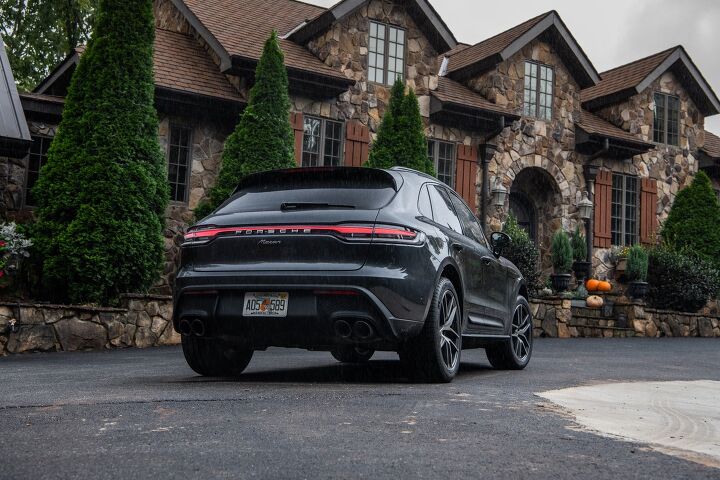




















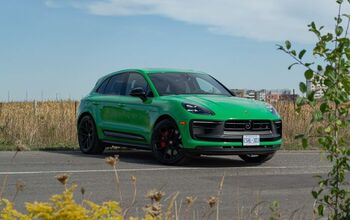


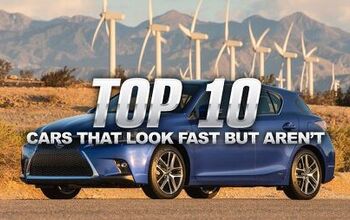
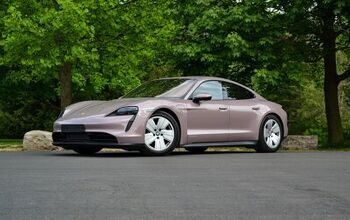
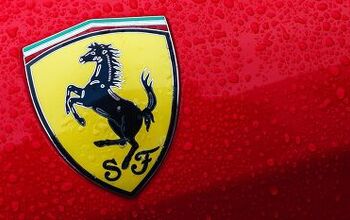

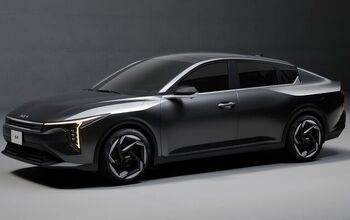
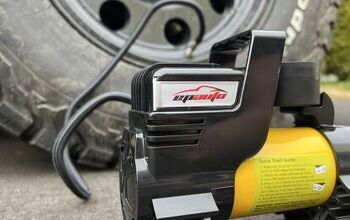



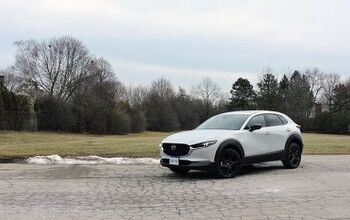
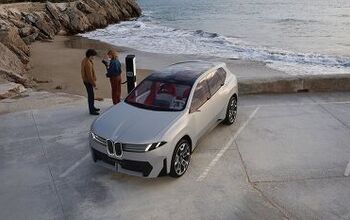

Comments
Join the conversation